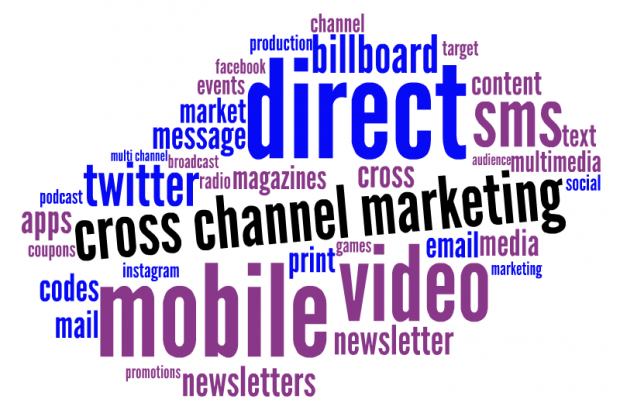Email. Twitter. Text Message. Facebook. Instagram. YouTube. Billboards. Flyers. QR Codes…. Everyday we are bombarded by so many channels of communication. Technology has made it easy for us to be notified of every little update and we can choose the media that we consume (and on our own time too!).
So how can your message be heard through all of this noise?
1. Identify your audience
First, you need to know WHO you’re trying to reach. Women? Men? Women between the ages of 18-24? Stay-at-home moms? Young professionals?
Break down their demographics as much as you can. If you’re looking to reach multiple audiences, create an internal profile of each target market so you can develop tailored campaigns for each. You should note their lifestyles and current trends. How do they speak? How do they dress? Where do they shop? How do they currently consume media? What type of music do they listen to? Or do they prefer books over music? Films over books?
2. Identify marketing channels
Based on your audience analysis, you should have a good idea of how your audience prefers to communicate and receive information. From this information you can now identify your cross channel marketing outlets. Cross channel marketing includes all of the many tactics and platforms you use to reach your audience.
For example, your target audience of young professionals prefer checking their email on their smart phone on-the-go. Your stay-at-home moms will have the television on in the background as they take care of household chores. You could find out that a podcast is the best way to reach your affluent, high level donors during their commutes to and from work. Or that 14-22 year old male gamers spend hours on Reddit.
3. Speak their language
Identifying the best way to communicate with your audience is just one piece of the puzzle. You can send out an email campaign, but if the content isn’t compelling it will go unread, straight to the trash, or skimmed over without a click.
Based on your audience profile, you should be able to gauge your audiences interests to create campaigns that are emotionally appealing to them. The more you can relate to your audience, the more integrated your messages become into their existing lifestyle.
4. Create a direct path of conversion in your marketing communications
You’ve identified your audience, the channels they prefer to use and now you’re speaking their language. You’re on your way to success! BUT all of that is meaningless if your audience doesn’t perform an action.
Whether, you are a business trying to convert new visitors into loyal customers, a nonprofit seeking out your most passionate supporters to take urgent action, or a musician promoting your latest album, cross channel marketing increases your chances of conversion.
You have to make things as easy as possible and point people exactly where to go and what to do. Include an easy-to-remember personalized link to a custom landing page that clearly spells out the action you want your visitors to make. Example: “Download the new single from my latest album” or “Sign this petition to urge congress to consider cleaner energy solutions”
5. Don’t stop there… keep the conversation going
People are not interested in being obviously marketed to 24/7, that’s why its important to engage with your audience in a conversation. Think of it like dating: you don’t want to come off to strong at first – that will turn them off completely. You want to listen at first and learn about their interests, then you can bond over the things you have in common. Once you build a relationship with someone, they are more apt they become to support your cause and be loyal to your brand.
